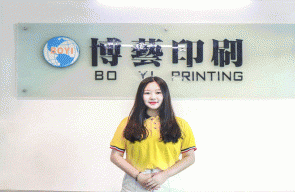From Sketch to Sculpture: How Boyi Printing Crafts Custom 3D Memo Pads

1) Sketch First: Shape the Vision
Every project starts with quick sketches to lock the overall form: mountain ridges, geometric architecture, or abstract steps. Layers are the soul of a 3D memo pad—too thin and it looks flat, too thick and it feels heavy. We trial two to three paper thickness options to find a profile that stacks smoothly while still reading as dimensional.

2) Color & Paper: Set the Tone
Unlike standard sticky notes, 3D pads rely on a cohesive palette. We favor low-saturation hues—beige-blue, matte white, light gray— and occasionally outline with a soft warm-gold border. The paper itself is a fine-grain, non-reflective stock so multi-layer stacks won’t produce glare or feel visually heavy under light.

3) Proofing: Microns Matter
Proofing is where patience pays off. We check layer alignment, fold curvature, and the fingertip feel when pages turn. In 3D structures, dislocation is the enemy: even a 0.5 mm shift can skew the form. It’s normal for our team to revise several rounds— sometimes just to make the top sheet open a touch smoother and look more natural.

4) Production: Precision Meets Craft
Final manufacturing brings together UV printing, hot stamping, die-cutting, and binding—each step tightly synchronized. What machines can’t perfect is finished by hand: final QC and delicate trimming. Our belief is simple: even a small memo pad can feel warm and crafted when people take it seriously.

5) The Result: Useful, Beautiful, Playful
A successful 3D memo pad should be good-looking, easy to write on, and fun to use. It’s more than paper on a desk; it’s a small object that carries mood and quiet aesthetics. Our role is to give that idea a bit more room—and a little extra three-dimensional breath.

Curious to develop your own silhouette or cityscape? Explore our 3D memo pad collectionor contact Boyi Printing to start your custom project.

